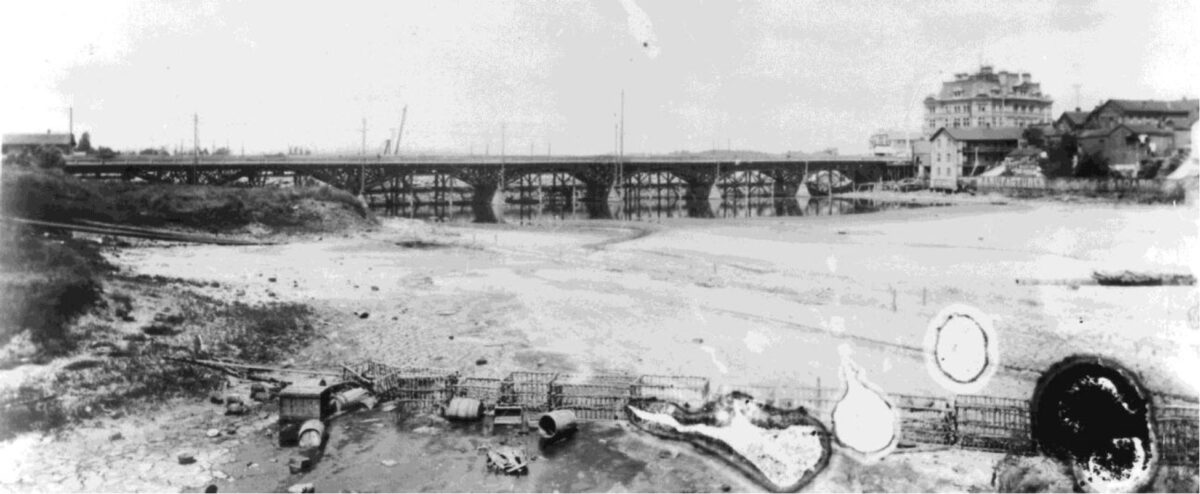
By Grant Keddie. 2007. Introduction This document is a technical, descriptive summary of all atlatl weights currently in the collection of the Royal B.C. Museum and some from other collections. This information is provided here because of the rarity of these artifacts and the difficulty of finding comparative information on the topic. WHAT ARE ATLATL WEIGHTS? An atlatl is a weapon composed of a flexible light spear or dart and a shorter throwing board that acts as a lever to propel the dart through the air. The weighting can be incorporated into the design of the throwing board, or represented as a separate item that is attached to these throwing boards. The dart should be thought of as being more … Continue reading “Atlatl Weights”
















